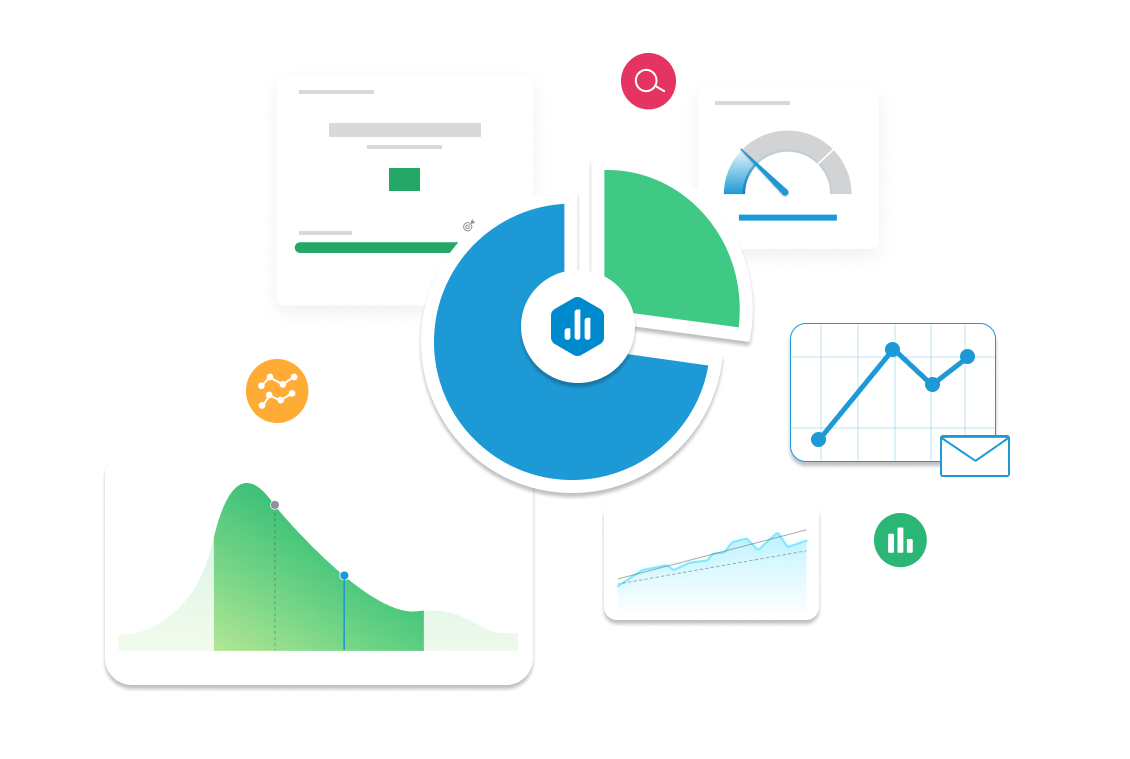Customer Engagement Score
Discover how Customer Engagement Score quantifies how actively and frequently users interact with your product or brand. Learn how to measure, track, and optimize this KPI to boost retention, product adoption, and customer success.

| Category |
Marketing |
|---|---|
| Type |
Leading Indicator |
| Calculation |
There is no single formula—Customer Engagement Score (CES) is typically a weighted score based on specific actions and usage patterns. A common approach: CES = (Activity₁ × Weight₁) + (Activity₂ × Weight₂) + … + (Activityₙ × Weightₙ)
|
| Measure |
Tracks user activity and engagement, usually scored per user or segment to guide outreach and spot trends. |
| Data Sources: |
HubSpot, Salesforce, Mixpanel, Amplitude, Pendo, Intercom, Gainsight, Segment, custom analytics dashboards. |
| Frequency |
Tracked weekly or monthly to monitor engagement levels and detect churn or expansion signals. |
Example target
Increase average Customer Engagement Score by 20% in Q3 by improving onboarding flows, launching feature adoption campaigns, and offering proactive support.
Example Reports Use Case
A Customer Success Manager tracks CES to prioritize outreach. Users with low scores may receive engagement nudges or educational content, while high scorers are candidates for referrals or upsells.
What is a Customer Engagement Score
A customer engagement score is a number that shows how involved someone is with your product. Not just whether they signed up or logged in, but whether they’re using it regularly and in meaningful ways. This score is usually built from a mix of behaviors, like how often they log in, which features they use, how long they stay, whether they ask for help, or if they give feedback. Each company chooses which signals matter and how to weigh them. A customer engagement score is a number that shows how involved someone is with your product. Not just whether they signed up or logged in, but whether they’re using it regularly and in meaningful ways. This score is usually built from a mix of behaviors, like how often they log in, which features they use, how long they stay, whether they ask for help, or if they give feedback. Each company chooses which signals matter and how to weigh them.
Picture two users. One logs in daily, explores new features, and adds teammates. The other logs in once, clicks around, then disappears. Their scores won’t be the same. That’s the point. The number helps you quickly spot who’s finding value and who isn’t.
In real life, people don’t wave flags to show how they feel about your product. The engagement score does that job. It gives your team a simple way to see who’s active, who might upgrade, and who’s likely to leave if no one checks in.



